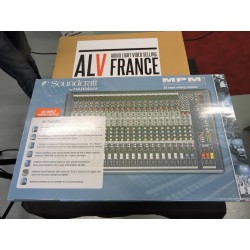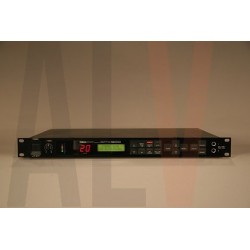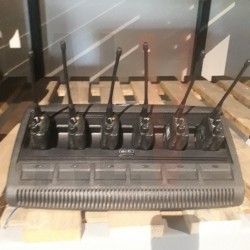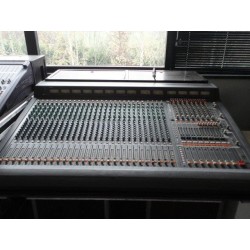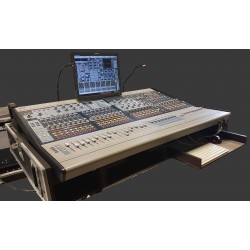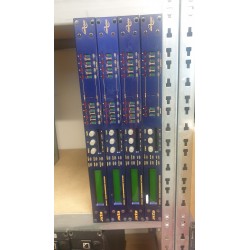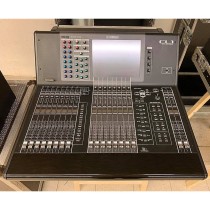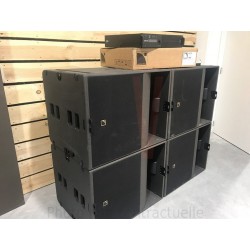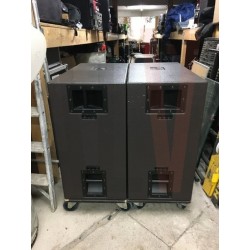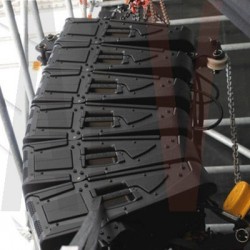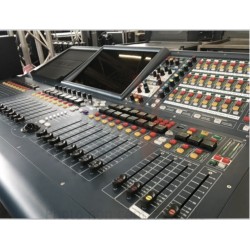The L-ACOUSTICS ARCS loudspeaker forms the basis of a sound system with elements coupled in a circular arrangement.
An ARCS system comprises a cluster of ARCS loudspeakers assembled by a specific rigging device, a digital filter programmed according to L-ACOUSTICS specifications and, if necessary, an L-ACOUSTICS .
When assembled in a cluster, ARCS loudspeakers meet the criteria of the WST (Wavefront Sculpture Technology®) thus offering, over the entire spectrum, a single, coherent wavefront, completely devoid of lobes. This results in a clear and precise sound, a remarkable homogeneity of the sound coverage and a high sound pressure level in a perfectly delimited angular sector and for a relatively compact cluster size.
The horizontal coverage of an ARCS cluster depends only on the number of enclosures that make up this cluster, while the vertical coverage of 60 ° is constant and can - depending on the mounting of the cluster ("up" or "down") and , due to the asymmetric directivity of the loudspeaker reach more the upper tiers or the floor.
A higher pressure level can be obtained by superimposing two rows of ARCS (one ”up” and one ”down” in order to limit interference phenomena).
The ARCS cluster, combined with an L-ACOUSTICS SB218 subwoofer system, provides both the desired impact for rock concerts and a
extended in the extreme grave. Arranged to the left and right of the stage, it constitutes a powerful stereophonic facade of medium and long range. Speaker
ARCS can also be used in addition for delayed broadcast points, either in individual mode or in cluster.
Used in a central cluster, the ARCS is a system particularly well suited to the enhancement of vocals (singing or conference) or "lead" instruments. He signs up
with discretion within the framework of the scene and can cover the entire audience.
The ARCS loudspeaker is also very efficient in side-fill, thanks to perfect directivity control.
In the case of rooms with several balconies (theaters, congress and opera halls, sports venues), the ARCS enclosure can be used flat on either side of the
scene, individually or in pairs.
In this configuration, the extremely pronounced vertical directivity of the system makes it possible to sectorize the sound intensity on each balcony, and to
benefit the audience with remarkable clarity, even at the back of the room.
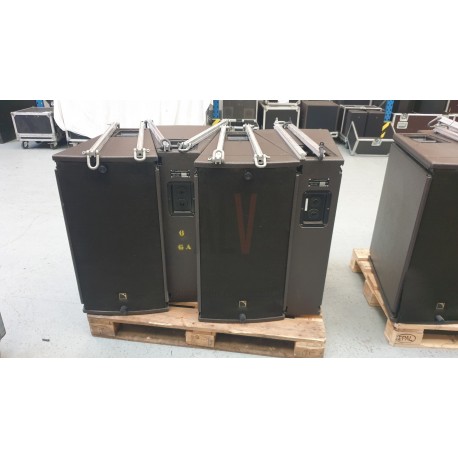
 Checked and tested equipment
Checked and tested equipment
 Fast & secure shipping
Fast & secure shipping
 Dedicated customer service
Dedicated customer service




